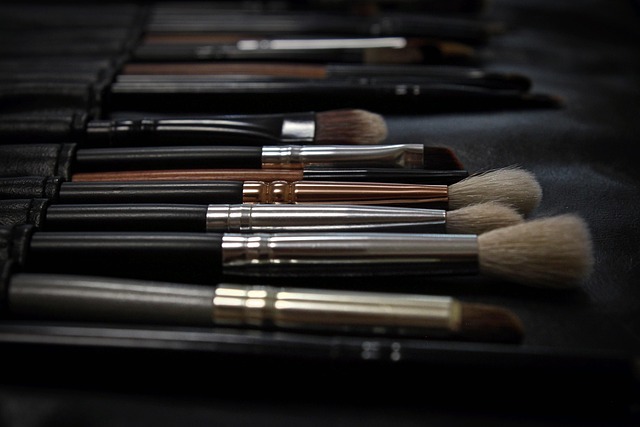Fashion has always been a medium of self-expression, allowing individuals to showcase their personalities and values. However, as consciousness around environmental issues grows, the concept of sustainability in fashion has moved to the forefront. Building a sustainable wardrobe is no longer just a trend; it’s an essential step we all can take to contribute to a healthier planet.
Sustainability in fashion means more than just wearing organic cotton or biodegradable materials. It encompasses the entire lifecycle of a garment, from the sourcing of materials to production, transportation, and eventually, disposal. The traditional fashion model is often described as “fast fashion,” characterized by rapid production, consumption, and disposal. This approach not only leads to environmental degradation but also harms communities and workers involved in the production process.
When curating a sustainable wardrobe, the first step is to embrace the philosophy of “less is more.” Quality over quantity should always be the mantra. Investing in timeless pieces that are versatile and made to last can drastically reduce the frequency of purchases. Opt for brands that prioritize ethical manufacturing practices and use eco-friendly materials. Look for certifications like Fair Trade, GOTS (Global Organic Textile Standard), and OEKO-TEX, which ensure the products meet high environmental and social standards.
Another critical aspect of sustainability is choosing second-hand or vintage clothing. Thrift shopping not only keeps textiles out of landfills but also allows for unique fashion finds that set you apart from the crowd. Many thrift stores and online platforms make it easier than ever to discover hidden gems while also promoting a circular fashion economy. Sharing clothing with friends, swapping outfits, and participating in clothing exchanges can broaden fashion horizons while minimizing waste.
Don’t forget the power of DIY. Breathing new life into old garments through repairs or alterations can be incredibly satisfying and reduce the need for new purchases. Learning basic sewing skills can transform a simple piece into something unique and catered to your personal style. This not only reinforces individuality but also fosters a more sustainable approach to fashion.
Lastly, awareness and education are vital components of building a sustainable wardrobe. By staying informed about the fashion industry’s impact on the environment and understanding the benefits of sustainable practices, consumers can make better choices. Many brands are increasingly transparent and willing to share their sustainability journeys, so don’t hesitate to ask questions before making a purchase.
By prioritizing sustainability in fashion, we not only make a difference for the environment but also for the future of the industry itself. Together, we can cultivate a movement that values mindfulness over mindless consumption and embraces a lifestyle that honors both personal style and the planet.




